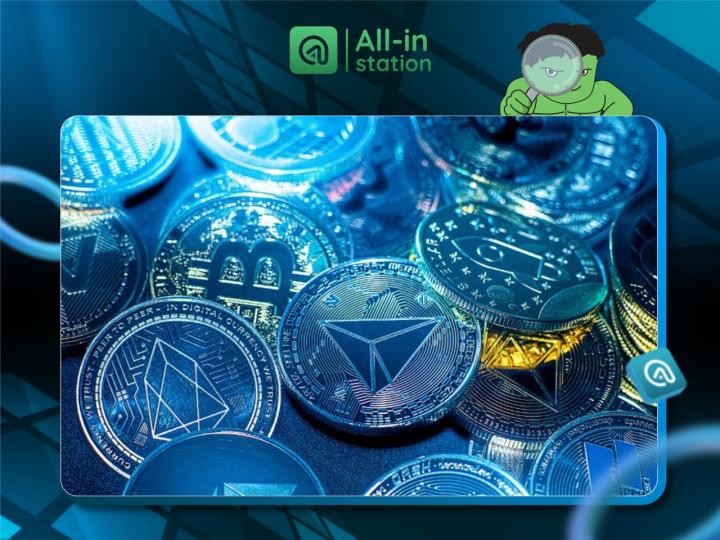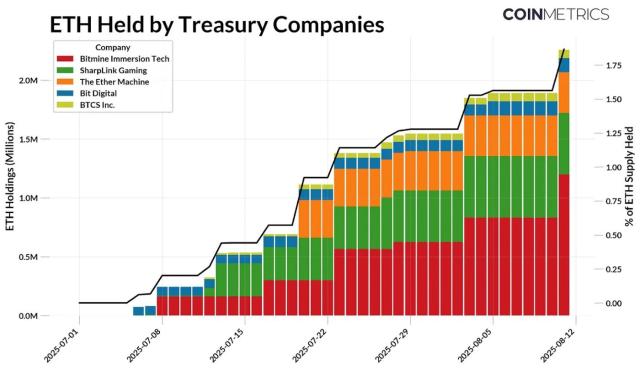How did Rialo secure a $20 million seed round led by Pantera Capital and participated by Mysten Labs, the developer of Sui?
Written by: KarenZ, Foresight News
Although Crypto has gained increasing attention from Wall Street and retail investors, an awkward reality persists: existing public chains are mostly trapped in the closed loop of the "crypto circle," disconnected from real-world services, data, and user habits, making blockchain difficult to integrate into ordinary people's lives. Meanwhile, developers also hope to focus on business logic rather than expending significant effort connecting oracles, maintaining nodes, or handling off-chain data.
Against this backdrop, Rialo, a real-world blockchain, aims to break down the barriers between blockchain and the real world, enabling teams to deliver production-ready applications as easily as Web2 development, allowing blockchain to seamlessly embed into the operational logic of the real world, just like a smartphone.
What is Rialo?
Rialo is a blockchain developed by Subzero Labs specifically for the real world, but its positioning breaks out of the traditional Layer1, Layer2, or Layer3 framework, with the full name "Rialo isn't a layer 1".
As Ade Adepoju, co-founder of Subzero Labs, metaphorically described in Fortune magazine: "It's like the evolution from iPod to iPhone - we don't need another device that just plays music, but a versatile tool that integrates camera, web, and GPS."
Rialo's core goal is to lower the barriers to blockchain usage, allowing developers outside the crypto domain to easily build applications. Its most notable feature is "native connection to the real world": for example, developers can directly call web information (such as FICO credit scores) in smart contracts without relying on third-party oracles; users can log in with familiar social accounts or emails without learning wallet operations from scratch.
Fabric Ventures explained its investment in Rialo by stating that Rialo changes the focus of blockchain L1 by embedding the core functions needed by real-world developers into the protocol itself. Calls, data flows, timers, and cross-chain operations become native instructions rather than dependent on external calls. Oracles, cross-chain bridges, indexers, and other "traditional" infrastructure may no longer be necessary.
Team and Financing Background
In early August, Subzero Labs announced the completion of a $20 million seed round, led by Pantera Capital, with participants including Mysten Labs (Sui's developer), Variant, Hashed, Fabric Ventures, Coinbase Ventures, Mirana Ventures, Susquehanna, Edge Ventures, and Flowdesk. According to Fortune magazine, CEO Ade Adepoju stated that this financing was completed in the first quarter of this year, involving equity and token warrants.
Subzero Labs team members have previously worked at Meta, Apple, Amazon, Netflix, Google, TikTok, Citadel, Mysten Labs, Solana, and other companies or projects, with rich experience in blockchain, artificial intelligence, distributed systems, and hardware.
- Co-founder and CEO Ade Adepoju: 30 years old this year, living in New York City, previously worked at chip manufacturer AMD, and subsequently worked as an engineer at Dell and Netflix. In late 2021, Ade Adepoju entered the crypto field as a founding engineer at Mysten Labs (as of February 2024).
- Co-founder and CTO Lu Zhang: Previously an engineer at Mysten Labs.
How Does Rialo Operate?
Although Rialo has not yet disclosed its blockchain architecture, its brief introduction reveals an operating logic centered around "combining RISC-V, Solana VM compatibility", "reducing friction", and "native integration", which can be understood from several perspectives:
- Combining RISC-V, Solana VM Compatibility: Rialo is committed to reducing the need for cross-chain bridges, oracles, and other middleware, and combining RISC-V smart contracts with Solana VM compatibility.
It's worth noting that in April this year, Vitalik Buterin proposed replacing Ethereum's EVM with the open-source instruction set architecture RISC-V on the Ethereum Magicians forum to enhance scalability. In the Ethereum Foundation researcher Justin Drake's "lean Ethereum" development vision for the next decade released in August, he pointed out that Ethereum will undergo major upgrades at the consensus, data, and execution layers, possibly constructing EVM 2.0 based on the open-source RISC-V instruction set. Vitalik Buterin explained that replacing ZK-EVM with RISC-V can significantly improve the efficiency of Ethereum's execution layer, solve one of the main scalability bottlenecks, and greatly enhance the conciseness of the execution layer.
- Developer-Friendly Technical Architecture: Unlike traditional public chains, Rialo is designed with the ability to "interact with the real world" embedded from the start. For example, a single line of HTTPS call in a smart contract can extract real-time data anywhere and seamlessly integrate any off-chain API into the smart contract. Meanwhile, Rialo optimizes the smart contract programming experience, introducing mechanisms like "event-driven" and "asynchronous processing" similar to traditional software development, allowing developers to write logic as concise as ordinary code.
- "De-Blockchain" User Experience: Rialo aims to reconstruct the identity system, allowing users to log in to Web3 with email, SMS, or existing social identities. Additionally, Rialo will support sending encrypted messages. Rialo claims sub-second transaction confirmation speeds, with stable and predictable fees, avoiding traditional public chain issues like "gas fee spikes" and "sandwich attacks"; Rialo also supports 2FA and timed transactions familiar to Web2 users.
- Ecosystem Collaboration, Breaking "On-Chain and Off-Chain" Barriers: Rialo's underlying protocol will support direct interaction with various real-world services, such as payment systems and weather. This "native integration" capability allows applications on Rialo to cover a broader range of scenarios.
Summary
Crypto technology can truly emerge from its "small circle" only when applications are simple enough and scenarios are sufficiently everyday.
Of course, Rialo still faces challenges: how to maintain decentralization while connecting to the real world? How to balance decentralization and compliance? And how to balance data openness with privacy protection?







